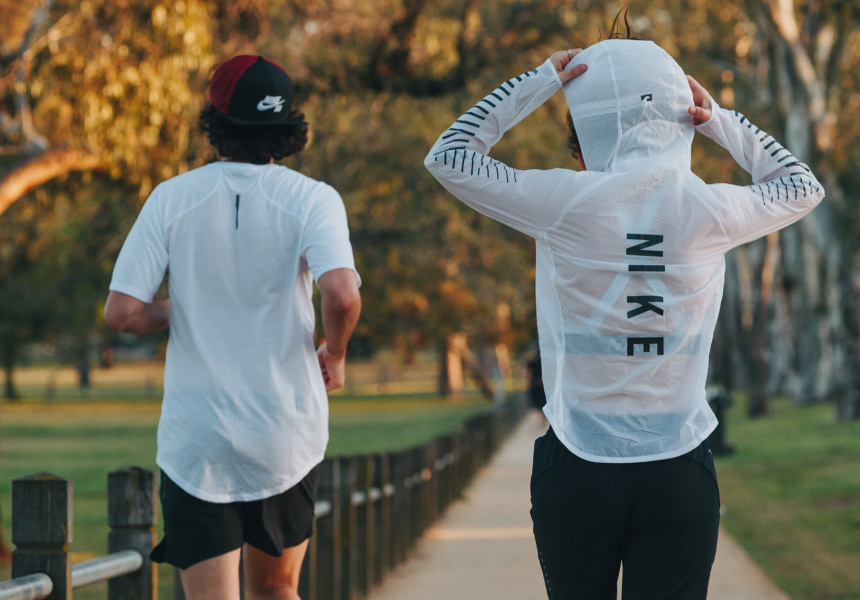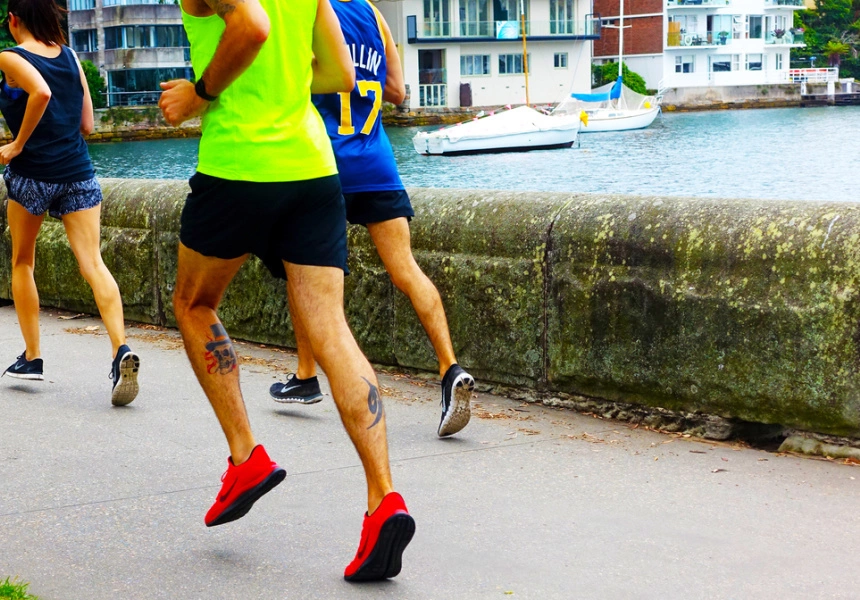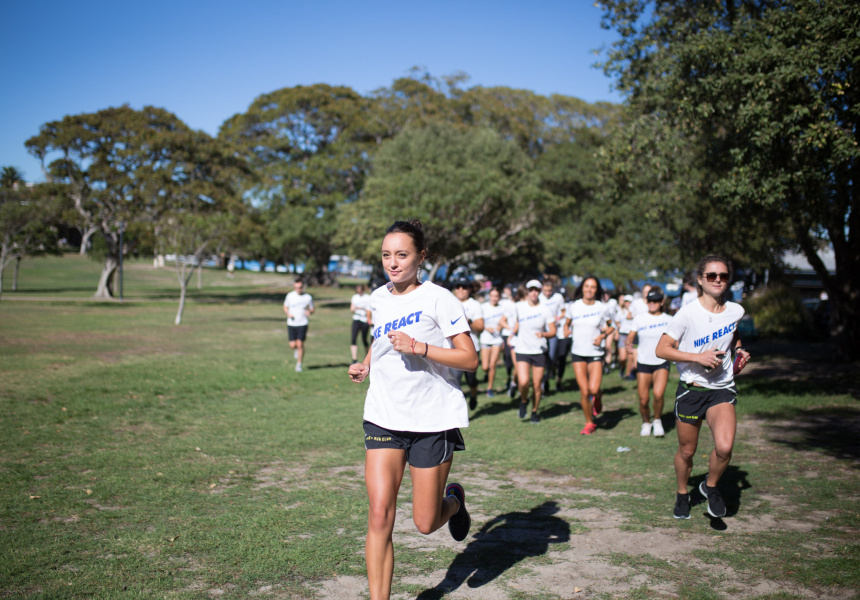So you can’t run, but you want to. Damon Bray, veteran runner and run coach at Sydney’s The Running Movement says taking the right steps can make it relatively painless, which is key for longevity.
“We want people to enjoy it so that running becomes part of their life rather than do one event, get a medal and that’s it. We want it to be life-changing. But you only enjoy it if it feels easy, you don’t get injured and you continually do it,” he says.
Bray has run clubs across the city and here shares his tips and tricks on how to go from zero to five kilometres (or more) sustainably.
Never miss a moment. Make sure you're signed up to our free newsletter.
SIGN UP NOWTake it slow and have a long-term goal
People often think you can start training only a few weeks before a marathon or the City2Surf. But Bray says this can be detrimental to your health and mentality.
“I think people jump [in] far too early; they’ll train for six weeks and do a marathon and they won’t be prepared for it. They’ll hurt themselves, they’ll hate it and give up running.”
Fostering sustainable running habits is key to assimilating it into your life. “We really encourage people to run slow when they start out … Give yourself a long-term goal and seek out advice from a running coach early on,” says Bray.
Find a run coach
When doing targeted running training, having a coach run alongside you means you receive tips on technique. This could be things such as your arms swinging too far forward or hunching your back.
“When people want to learn to swim they go and see a swimming coach, they don’t just dive into the pool because they may drown. Running is no different,” says Bray.
He also advises against general-exercise personal trainers in favour of professional run coaches because running isn’t covered in certified II or III personal-trainer courses. That means they might not know what is right and wrong.
Join a run group
Bray recommends Park Run. It organises free, weekly runs across the globe making it a good option if or when you travel, too.
In Australia, Park Run happens in 200 locations and Bray says: “We encourage people to start with park runs because it’s five kilometres [and] it’s non-competitive. It’s timed but no one gets trophies. It’s not as intimidating as lining up with 30 to 40,000 people at a [marathon] or the City2Surf.”
Don’t forget about mobility
With most Australians doing sedentary jobs, many of us lose mobility and core strength.
“The core area is the headquarters for a run because that’s where it all starts. If that isn’t moving properly, if it’s not mobile, that’s when people start to get injured and they can’t run properly,” says Bray.
Bray teaches runners to do five to 10 minutes of mobility exercises followed by stretching as part of the warm up. “That’s something we’ve been talking to physiotherapists about and it’s a very big change. First, get mobile and get the body working and then get stretching,” he says.
Mobility exercises increase flexibly and range. Start with glute bridges – where you lay on your back with your knees bent and repeatedly lift your bottom and lower it. There are also exercises to loosen the hips, such as the “pigeon pose”. This yoga move begins on all fours (on hands and knees). You then bring your right knee forward and place it more or less behind your right wrist. Place your ankle in front of your left hip. The more your lower leg runs parallel with the front of the yoga mat, the more intense the hip opener.
Finally, hip lunges are a good way to stretch your hip flexor. Kneel on two knees, then take one leg forward and place your foot on the ground. Lean your hips towards your front foot and you should feel a stretch up the front of your groin.
Bray says follow this with a series of dynamic stretches such as leg swings and then five minutes of jogging at your own pace.
Hitting the track
When starting out, Bray says it’s important to run to your own pace. “A lot of run groups normally just say run up that hill six times and everyone runs as fast as they can. At our run groups we do it by time. Instead of running five kilometres we say run five minutes.”
Bray says some of the fast runners will do one-and-a-half kilometres in that five minutes but beginners may only do 500 metres. “We do it on an oval or running track so everyone is still together”, which is good for keeping up morale, he adds.



